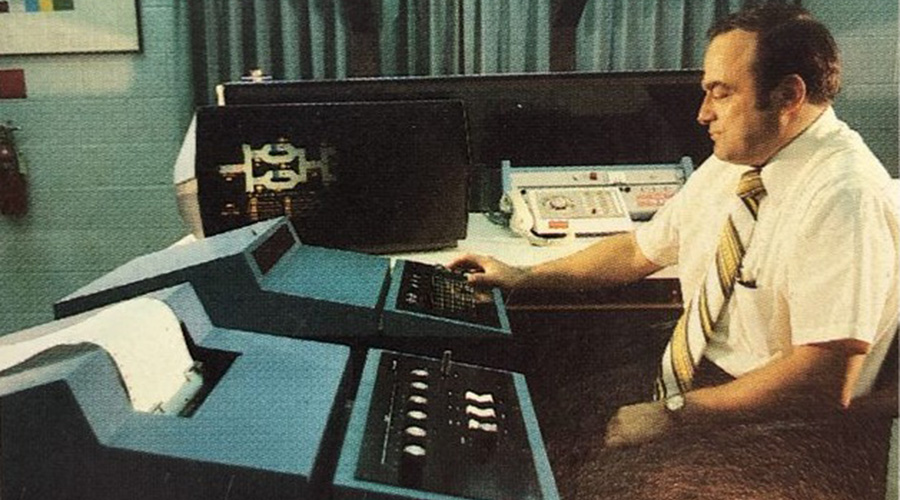The Need for Demand-Response Programs
Meeting peak demand for power can cost utilities plenty. With demand-response programs, they'll pay you to help cap the peak by trimming power use
Some power customers are getting paid to use less electricity — not just once, through a grant or rebate, but every time they deliver requested cuts in their demand. In a few cases, this extra revenue stream has reduced electric bills more than permanent efficiency upgrades, such as lighting. One industrial customer claims to have cut the annual electric bill by 13 percent.
If facility executives are interested in achieving similar savings, then it’s time to join a demand-response program. When utilities and some state agencies offer customers money to install more efficient equipment, doing so helps control the peak electric loads that drive up the cost of power — for everybody. Assisting customer upgrades costs less than building new power plants that would be needed to keep up with the electricity demanded by their customers’ inefficient equipment. But many loads cannot be permanently reduced in a cost-effective or acceptable manner.
Fortunately, some of those loads may be reduced temporarily without impacting comfort or business. (See “Making Demand-Response Work”.) Such reductions are sought when the power grid is stressed or when wholesale power prices rise beyond a certain level. Demand-response programs pay for kilowatts (or kilowatt-hours, depending on the program) avoided when a call is received to cut load. Under some demand-response programs, a customer owning a qualifying backup generator may be paid for agreeing to run it if called upon. Doing so has the same impact on the grid as a load reduction. In other cases, customers may have the option to bid load reductions in advance, just as an operator of a central power plant offers capacity. When wholesale prices rise far enough, those customers are first in line to get paid for their demand reductions.
While typical energy efficiency savings are usually inferred from reductions in energy bills and, as such, are sometimes hard to find, payments from demand-response programs may be clearly seen as line items on bills or as direct payments from a demand-response provider managing a customer’s load. And once a system is set up to control demand on short notice, that same system may be used to limit peak demand even when no call is made. Doing so cuts demand charges, further improving the bottom line.
Some or all of the electricity used by retail customers may first be purchased by their utility or power supplier through hourly wholesale markets, which occasionally exhibit very volatile pricing. Even where they are still regulated, utilities pass that cost through to customer electric bills via fuel or energy adjustment charges, rate increases or variable electric rates. Priced in dollars per megawatt hour (MWh), wholesale power prices may briefly rise to several hundred dollars per MWh, sometimes approaching $1,000, the equivalent of $1.00 per kWh.
On a hot summer day, power prices can skyrocket when the demand on the grid is high. Called “hockey stick” pricing because of the exponential rise in prices, the increase is only marginally related to the actual cost to generate that last watt of power. Instead, it is based on charging what the market will bear when need is greatest. Such sharp price spikes have attracted attention and venture capital toward ways to mitigate them.
Lindsay Audin is president of EnergyWiz, an energy consulting firm based in Croton, N.Y. He is a contributing editor for Building Operating Management.
Related Topics:

















